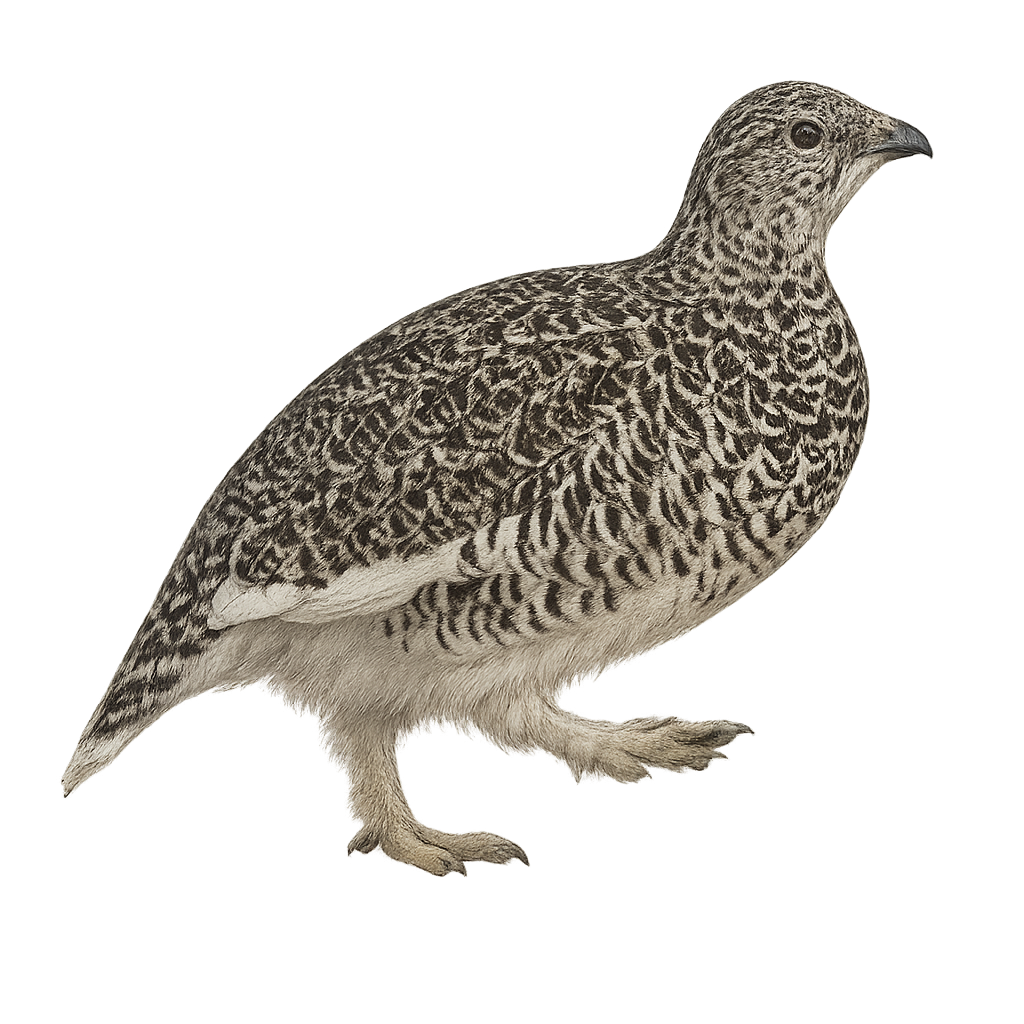Your wildlife photography guide.
Explore the white-tailed ptarmigan in detail, study its behavior, prepare your shots.
Where to observe and photograph the white-tailed ptarmigan in the wild
Learn where and when to spot the white-tailed ptarmigan in the wild, how to identify the species based on distinctive features, and what natural environments it inhabits. The WildlifePhotographer app offers tailored photography tips that reflect the white-tailed ptarmigan’s behavior, helping you capture better wildlife images. Explore the full species profile for key information including description, habitat, active periods, and approach techniques.
White-tailed Ptarmigan
Scientific name: Lagopus leucura

IUCN Status: Least Concern
Family: PHASIANIDAE
Group: Birds
Sensitivity to human approach: Suspicious
Minimum approach distance: 10 m
Courtship display: May to June
Incubation: 21-23 jours
Hatchings: May to July
Habitat:
Alpine tundra, subalpine meadows, rocky areas
Activity period :
Primarily active during the day, with peak activity in the morning and late afternoon.
Identification and description:
The White-tailed Ptarmigan is a bird from the grouse family, well adapted to alpine environments. It is notable for its white plumage in winter, which provides camouflage in the snow, and brown plumage in summer, blending with rocks and vegetation. This small bird, weighing about 300 to 400 grams, is primarily herbivorous, feeding on buds, leaves, and seeds. It is commonly found in the mountainous regions of North America, particularly in the Rockies. The White-tailed Ptarmigan is a sedentary bird, not migrating but moving according to climatic conditions and food availability.
Recommended lens:
400mm – adjust based on distance, desired framing (portrait or habitat), and approach conditions.
Photography tips:
To photograph the White-tailed Ptarmigan, it is advisable to use a telephoto lens of at least 400mm to capture detailed images without disturbing the bird. The best opportunities often arise early in the morning or late in the afternoon when the light is soft and the bird is active. Opt for cloudy days to avoid harsh shadows and use a tripod to ensure camera stability. Be patient and discreet, approaching slowly to avoid scaring the bird.
The WildlifePhotographer App is coming soon!
Be the first to explore the best nature spots, track rutting seasons, log your observations, and observe more wildlife.
Already 1 431 wildlife lovers subscribed worldwide

